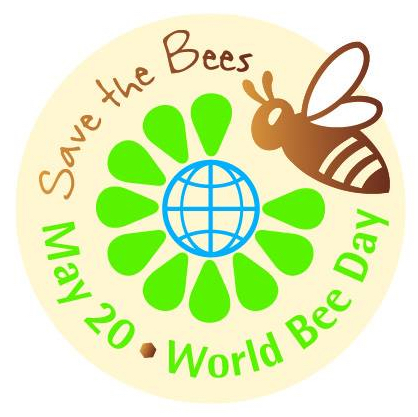It’s kind of difficult to describe štruklji, and when reading menus there are all manner of descriptions that get lost in translation – the majority of which certainly don’t do them justice! I love them and was therefore even more delighted when I recently saw that Draga Inn, which is among my favourite local restaurants, and which already makes great savoury štruklji, has now added a new range of sweet štruklji to its menu, which can also be bought to take home.
It didn’t take me long to go and try them out for myself, especially since chocolate is involved! Oh my, are they good, if you like štruklji, you simply have to try them! This is the white chocolate version, which was my favourite among the new varieties, though the walnut one came a close second!
Štruklji are made using a light dough, of which there are many variations but the most basic ingredients are flour, water, a dash of oil and a pinch of salt – some doughs also contain egg. Once the dough has been allowed to rest it is rolled out, filled, wrapped in a soft muslin cloth, then boiled, or occasionally wrapped in foil and baked.
They can be eaten either as a side dish, instead of potatoes, rice etc., as a main meal in itself, or sweet versions as dessert.
The most common type of štruklji are filled with skuta – a type of curd cheese (not cottage cheese as it is invariably translated). At Draga Inn the savoury version are served as an accompaniment to their delicious venison goulash, which I can also highly recommend.
Of course, the quality varies, as does the ratio of dough to filling. Sometimes they can be somewhat bland and dry, but the ones at Draga Inn have a perfectly light dough with a very generous amount of filling and are anything but bland. It was impossible to choose which one(s) to taste, as they all looked and sounded so delicious, so I just tasted all the new flavours – blueberry, walnut, white chocolate, and dark chocolate – and left both very content and fit to burst!
Draga Inn is one of the participating Taste Radol’ca restaurants, where the emphasis is on using local ingredients, and these štruklji are no exception. Read more here – http://www.radolca.si/en/taste-radolca/
Draga Inn is located at the end of the Draga Valley, in Begunje na Gorenjskem. The valley is a very popular starting point for hikes in the Karavanke mountains and en-route to the valley you can visit the ruins of Kamen Castle.
You can find more information about Draga Inn here (note that the website is currently being reconstructed) – http://www.gostisce-draga.si/
Until the expiry of the offer on 8th June, you can also use the Adele in Slovenia Discount Card at Draga Inn. Even more reason to go and try the delicious food! More here – https://adeleinslovenia.com/contact/
© Adele in Slovenia





































